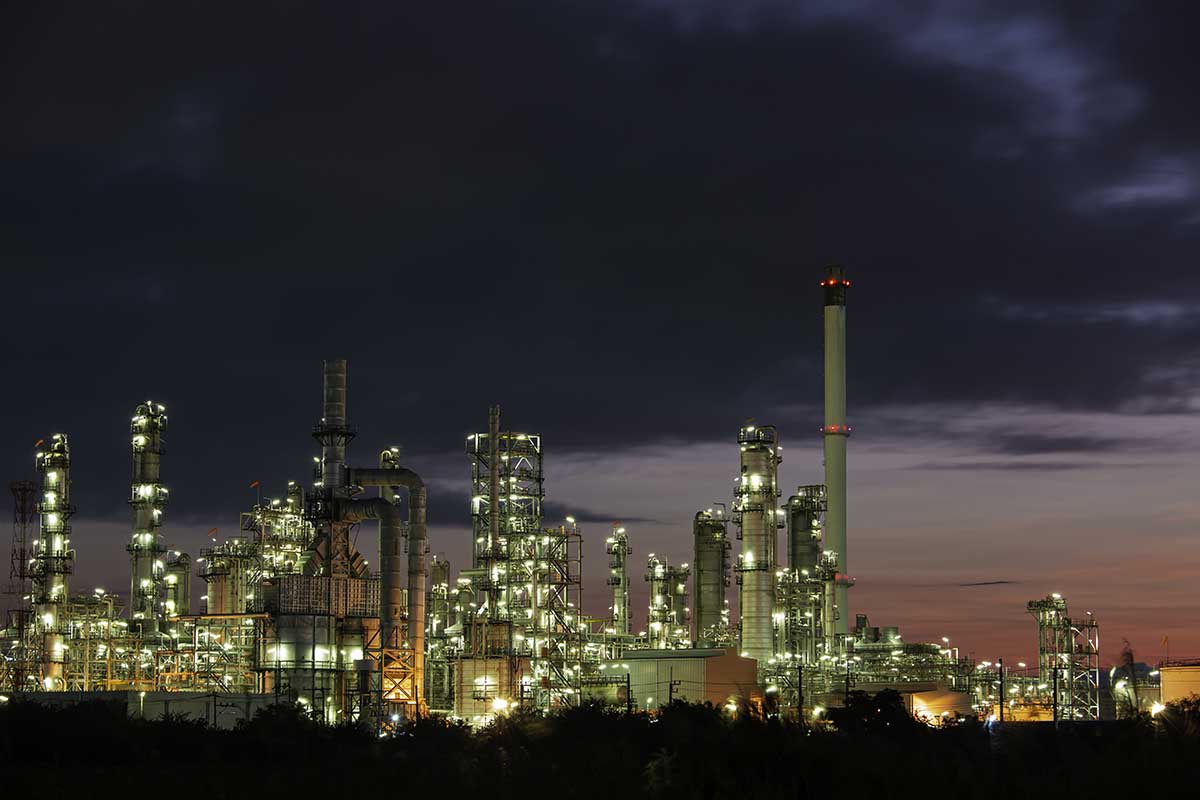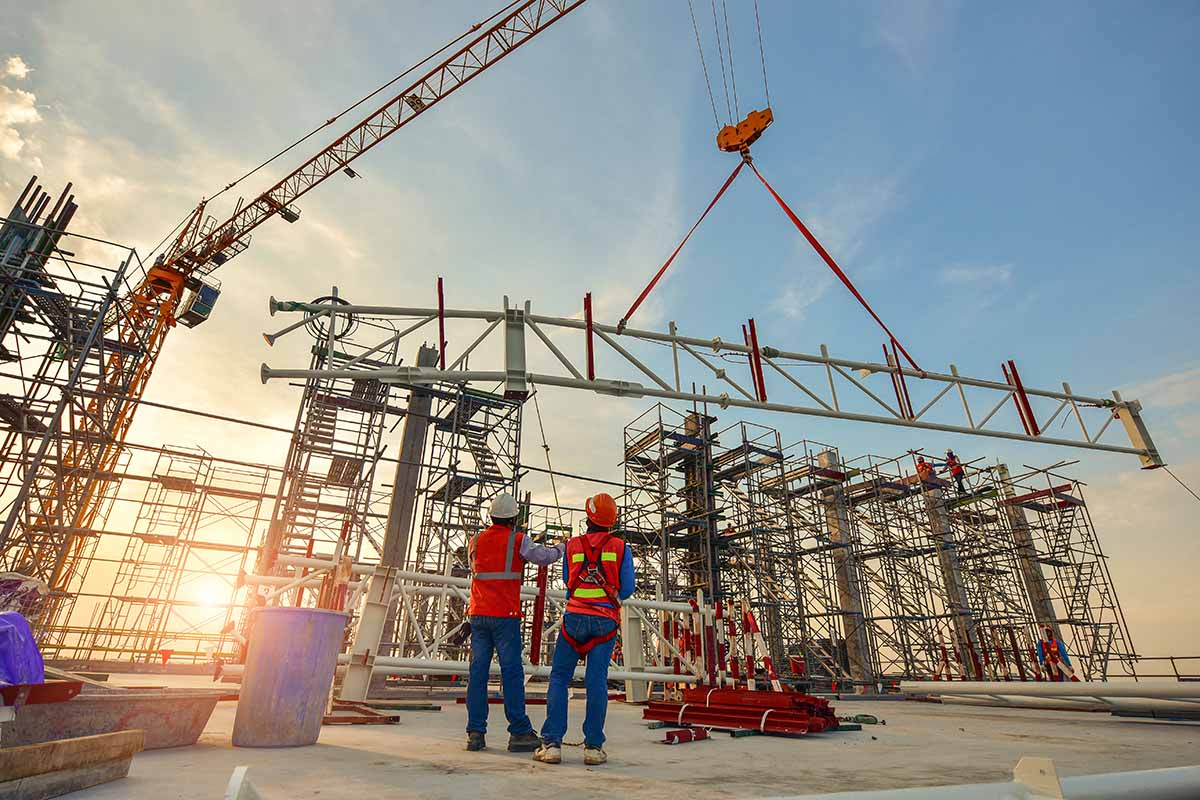What Type of Lighting Should My Job Site Be Using?
If you’re in the construction industry, you know that job sites can be anywhere. Also, given the nature of this field, lighting isn’t always a guarantee, especially for traffic construction and renovation.
Fortunately, you don’t have to leave your workers in the dark. Many lighting rigs are available for job sites of all shapes and sizes. However, how can you be sure you’re getting the right one? This guide will outline the various types of lighting options you can rent or buy and how to select the best rig for your needs. Here’s what you need to know.
Why is Lighting Important for a Construction Job Site?
There are two primary reasons to install temporary lighting at a construction job site. First, workers need lights to see what they’re doing at night. Since most road construction occurs during off-hours, employees must have sufficient lighting to do their jobs correctly. Otherwise, low-light conditions can lead to mistakes and other costly issues.
The second reason to invest in high-quality lighting is to ensure compliance. The Occupational Health and Safety Administration (OSHA) sets guidelines for job sites regarding the amount of light necessary for specific situations. For example, if you’re working indoors or in a tunnel, you need a minimum of five-foot candles throughout the site.
If you’re unfamiliar with the term “five-foot candles,” it refers to the number of lumens per square foot. One foot-candle equals one lumen, and so on. Although five lumens per square foot doesn’t seem like much, it’s more than enough light to see what you’re doing.
What Types of Lights are Available for Job Sites?
Lighting rigs come in various shapes, sizes, and designs to help you do your job better at night. When it comes to professional-grade rigs, three options are the most common. Here’s a quick breakdown of each one.
Balloon Lights
As the name suggests, these lights resemble giant balloons. The shape comes from a diffuser that surrounds the light on all sides. The diffuser helps spread the light, so it’s not so targeted. Balloon lights work well for traffic construction and other outdoor projects because they illuminate all sides. So, the area can feel brighter and more accommodating. Balloon sizes can vary based on the height and power requirements of the light itself.
Light Towers
These lights are the most well-known for job sites because they’re super reliable and portable. While balloon lights offer diffused lighting, but light towers are more direct. One of these towers aims to illuminate the job site from above. So, the height of your tower matters. The taller it is, the more ground you can cover, but the more significant the light you’ll need.
Also, light towers can run partially on solar power, helping you save money on energy costs.
High-Mast Lights
While light towers are relatively lightweight and portable, mast lighting rigs require more installation. These poles are often a couple of stories high and have massive banks of lights to provide as much illumination as possible. High-mast lights also work well for renovations on multi-story buildings because they can be directed to shine on the particular floor being remodeled.
How to Choose the Right Lighting for Your Job Site
Knowing the different types of lighting rigs is just the first step. To ensure that you and your workers can work efficiently on-site, keep these factors in mind.
Power Source
Most construction lighting rigs come with their power source. Usually, electricity comes in stored solar power or a gas generator. Alternatively, if you can plug lights into an outlet, you don’t have to worry about running out of fuel. Many of these lights draw lots of power, so you have to plan accordingly. The worst thing that could happen is a light shorting out the circuit, causing everything else to fail.
Lumens
As we mentioned, OSHA provides lighting requirements for individual rigs based on the number of foot-candles. While calculating a lumen is relatively complicated, it measures the amount of light hitting a square-foot surface. As you can imagine, the higher the lumen count, the brighter the light. However, brighter doesn’t always mean better, as there’s such a thing as over-lighting your job site.
Work Type
Are workers staying put for multiple days or weeks at a time? Or will your employees be moving regularly, sometimes within the same shift? Before choosing the best lights, you need to know the type of work you’ll do. Knowing this component helps ensure you get the best lights for your unique needs.
Indoor vs. Outdoor Lighting
Indoor lighting is often easier because lightwaves can bounce off hard, reflective surfaces. So, you don’t need as many watts or lumens to illuminate an interior section. Conversely, outdoor lighting needs to be bright but not too much. Since the light diffuses and never bounces back, outdoor lighting can often feel darker and less accommodating.
Light Color
Fortunately, most modern construction lights use white LED lights. The white color helps replicate sunlight, delivering better visibility and flexibility overall. Alternatively, you might have yellow incandescent bulbs, making it harder to see what you’re doing at night.
LED vs. Halogen or Incandescent
As a rule, LED lighting is the preferred option for construction job sites and other projects. LED works well because it delivers the same illumination without drawing as much power as halogen or incandescent bulbs. Also, you can place LED lights in any weather conditions, and they should keep working without delay. You can’t say the same thing for standard halogen bulbs.
Type of Lighting for Job Site: Buy Your Lighting Rigs From WorkSafe TCI
Before starting a new construction project, you need to ensure you have the best lighting. Worksafe Traffic Control Industries is committed to providing the best-quality lighting rigs for your next project. We have decades of experience within the industry, and our technicians can help point you in the right direction. Happy lighting!




















